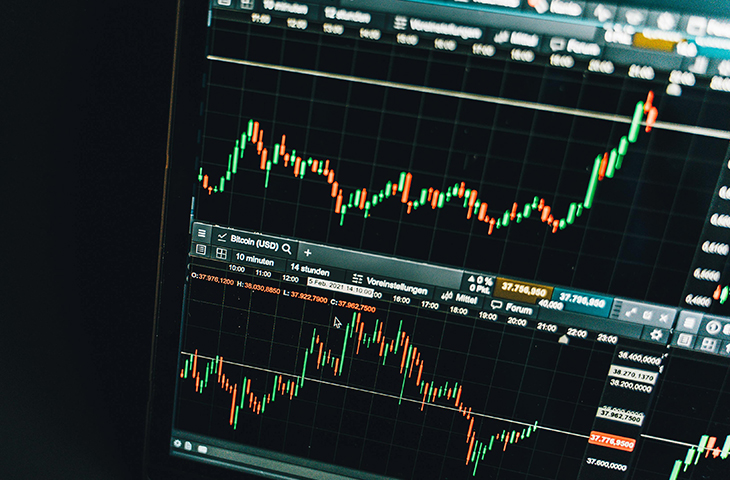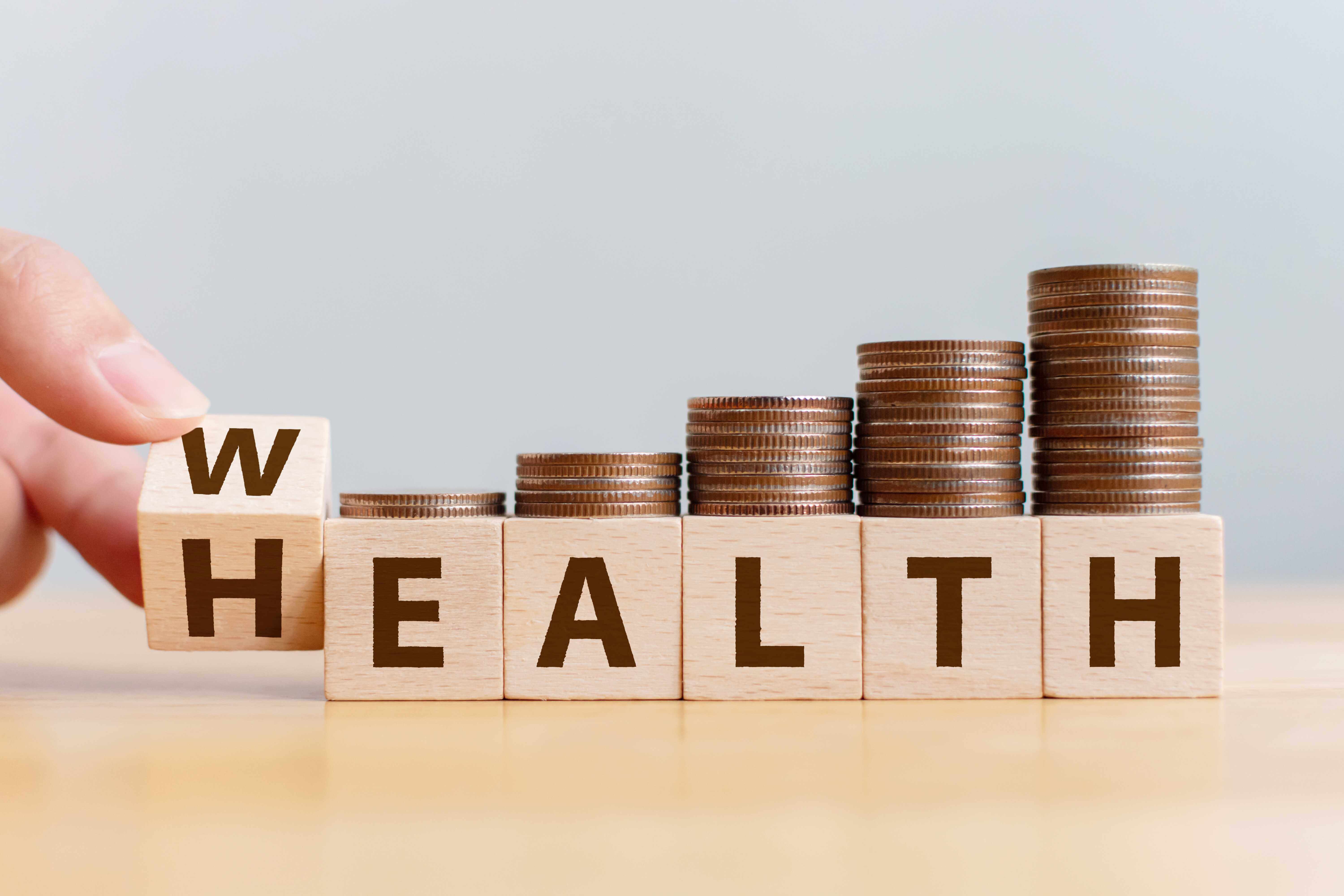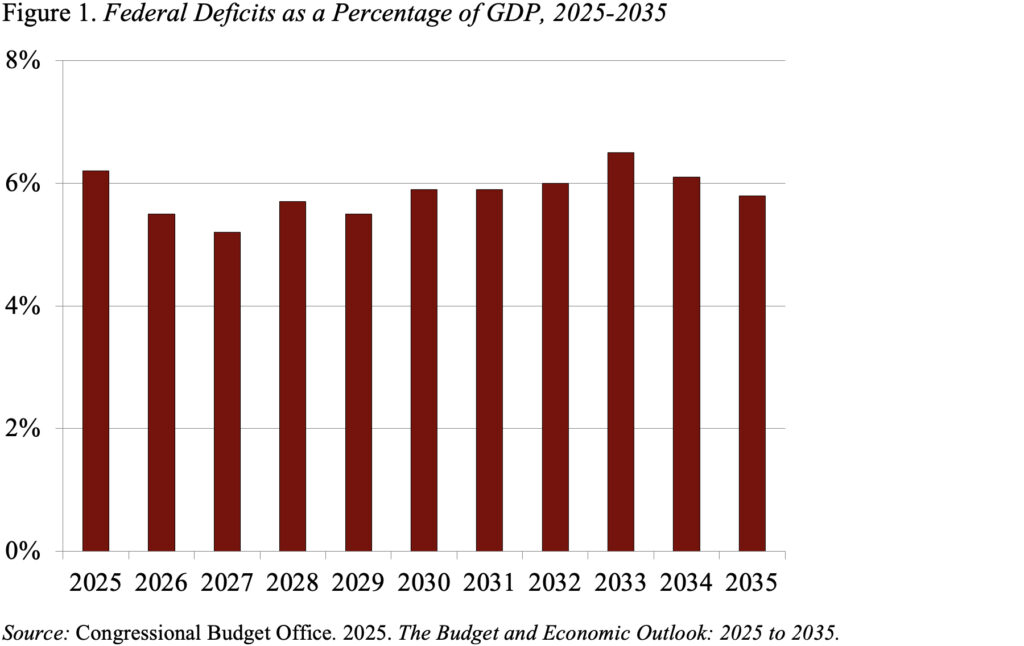Can Carvana Stock Double Your Money Between Now And 2030?

Carvana (NYSE: CVNA) has taken its shareholders on a bumpy ride. Shares of the online vehicle retailer surged 33-fold from its initial public offering in April 2017 to its all-time high in August 2021. Monster growth boosted market sentiment.
However, those gains slowed dramatically due to macro headwinds, which exposed Carvana's precarious financial position. To its credit, the business has improved its situation dramatically in recent years, and the shares have skyrocketed 5,120% in the past 25 months.
Start Your Mornings Smarter! Wake up with Breakfast news in your inbox every market day. Sign Up For Free »
With this e-commerce stock still trading 33% off its peak, can Carvana double your money between now and 2030?
Changing investor sentiment
Carvana's financial results have been volatile in recent years. Revenue growth surged 129% in 2021, driven by 74% more units being sold. Low interest rates spurred demand for used vehicles.
But the situation reversed itself in the face of macro headwinds. Carvana posted a 21% top-line dip in 2023, as it sold 24% fewer cars than in the year before.
This happened at a time when the business had a massive debt burden and a high interest expense. It's no wonder the investment community became seriously concerned Carvana was on the brink of bankruptcy, especially since it added leverage to the balance sheet when it acquired auction house ADESA in 2022.
That low point looks like ancient history now, though. Things have improved significantly since then. The leadership team struck a deal with creditors in August 2023 to extend the maturities of some of Carvana's debt. It also reduced interest payments.
Demand picked up, too. Through the first nine months of 2024, the business reported 21% year-over-year revenue growth. It's selling more vehicles. Increasing awareness and inventory are contributing factors.
And maybe more importantly, Carvana's income statement is starting to look better. It reported positive earnings in each of the first three quarters of 2024.
Large market, high risk
It's hard to argue with the fact that Carvana has indeed disrupted the car-buying process. It provides consumers with a much better experience. There's no haggling with a salesperson, financing is easy to obtain, and everything can be done in minutes.
And given that there were 36 million used cars sold in the U.S. in 2023, the opportunity is truly massive. Carvana sold 378,000 vehicles in the past 12 months, giving it a tiny 1% share of the overall market.
While there's definitely growth potential, competition is becoming more concerning. Amazon, the tech juggernaut that dominates e-commerce, now allows customers to buy Hyundai cars on its site in 48 U.S. cities, with "additional manufacturers, brands, cities, and new functionality" coming this year.
With 3.8 billion visitors to Amazon.com in December, Amazon undoubtedly has the audience that auto manufacturers salivate over.
Carvana's balance sheet remains another risk factor to pay attention to. As of Sept. 30, Carvana carried $5.6 billion of long-term debt on the books, 15 times more than cash and cash equivalents. And 47% of its Q3 operating income went to paying interest, leaving minimal cushion if sales fall again.
Not on sale
At its low point in December 2022, Carvana shares traded at a price-to-sales (P/S) ratio of 0.025. That ultra-low valuation looks like a steal with the benefit of hindsight. Investors who bought back then when pessimism was sky-high have surely made a fantastic return.
The current setup isn't as attractive. The stock can be bought for a P/S multiple of 3.4 right now. That's nearly triple the historical average. And it's not far off from the all-time high P/S ratio of 4.1 that was established in August 2021.
Carvana's recent financial success is an encouraging sign for the bulls out there. But I view this business as a high-risk play whose valuation is very expensive. I don't see the stock doubling in the next five years.
Don’t miss this second chance at a potentially lucrative opportunity
Ever feel like you missed the boat in buying the most successful stocks? Then you’ll want to hear this.
On rare occasions, our expert team of analysts issues a “Double Down” stock recommendation for companies that they think are about to pop. If you’re worried you’ve already missed your chance to invest, now is the best time to buy before it’s too late. And the numbers speak for themselves:
- Nvidia: if you invested $1,000 when we doubled down in 2009, you’d have $311,343!*
- Apple: if you invested $1,000 when we doubled down in 2008, you’d have $44,694!*
- Netflix: if you invested $1,000 when we doubled down in 2004, you’d have $526,758!*
Right now, we’re issuing “Double Down” alerts for three incredible companies, and there may not be another chance like this anytime soon.
*Stock Advisor returns as of February 3, 2025
John Mackey, former CEO of Whole Foods Market, an Amazon subsidiary, is a member of The Motley Fool's board of directors. Neil Patel and his clients have no position in any of the stocks mentioned. The Motley Fool has positions in and recommends Amazon. The Motley Fool has a disclosure policy.


